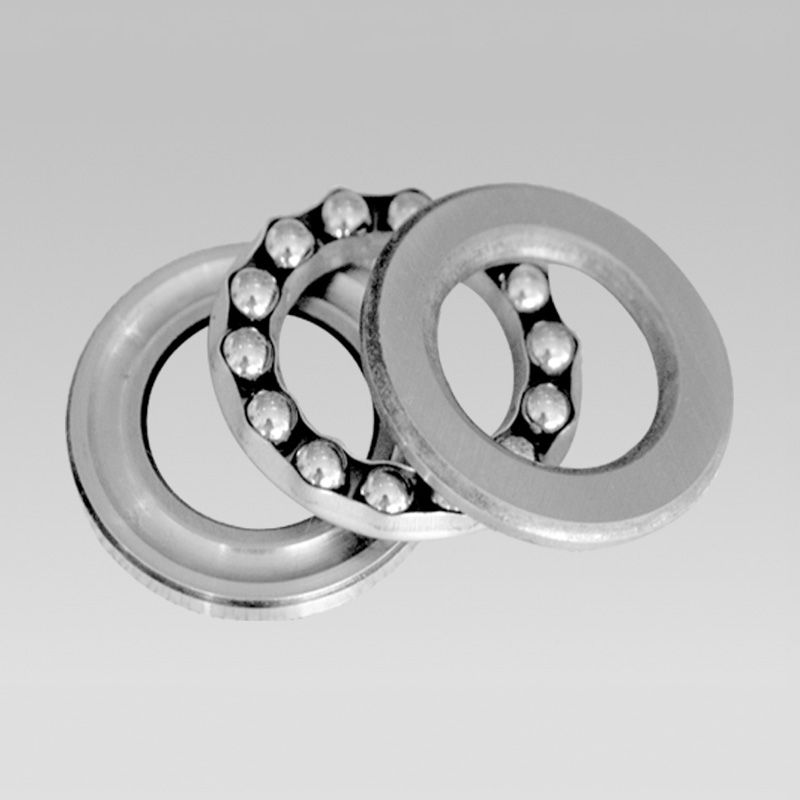
Oct . 11, 2024 03:29 Back to list
Advantages and Disadvantages of Spherical Roller Bearings for Optimal Performance
Advantages and Disadvantages of Spherical Roller Bearings
Spherical roller bearings are a type of rolling-element bearing that can support heavy radial loads and moderate axial loads in both directions. They are known for their versatility and efficiency in various applications, making them a favored choice in various industries, including automotive, aerospace, and machinery. This article discusses the advantages and disadvantages of spherical roller bearings to provide a thorough understanding of their applications.
Advantages
1. High Load Carrying Capacity One of the primary advantages of spherical roller bearings is their ability to bear significant loads. This makes them ideal for heavy machinery and equipment subjected to high radial stresses. The two rows of rollers allow for higher load distribution compared to single-row bearings.
2. Self-Aligning Feature Spherical roller bearings excel in applications where misalignment between the shaft and housing may occur. The self-aligning feature allows the bearing to accommodate angular misalignments (up to a certain degree) without adversely affecting performance. This characteristic is crucial for applications involving shaft deflections.
3. Durability and Longevity These bearings are designed for durability. The robust construction and use of high-quality materials ensure they can withstand harsh operating conditions, including extreme temperatures and contaminants, leading to longer service life and reduced maintenance needs.
4. Versatile Applications Spherical roller bearings are suitable for various applications where both radial and axial loads are present. They are widely used in industrial equipment, such as conveyors, crushers, and wind turbines. This versatility allows manufacturers to standardize components across different machines, reducing inventory costs.
5. Ease of Installation Installation is generally straightforward, which simplifies maintenance and replacement procedures. This is particularly important in industrial settings where downtime can lead to significant losses.
spherical roller bearing advantages and disadvantages

Disadvantages
1. Cost While spherical roller bearings offer many advantages, the initial investment cost can be higher compared to simpler bearing types. For companies operating on a tight budget, this may be a crucial factor in bearing selection.
2. Sensitivity to Contamination Though designed for durability, spherical roller bearings can be sensitive to contaminants such as dust, dirt, and moisture. If not adequately protected, contaminants can enter the bearing, leading to premature wear and failure. Proper sealing and maintenance are necessary to mitigate this risk.
3. Complexity of Design The design of spherical roller bearings can be more complex than that of simpler bearing types. This complexity can lead to increased challenges in understanding the specific application requirements, which is crucial for optimal performance.
4. Limited Speed Capability While spherical roller bearings can handle heavy loads, they may not be suitable for high-speed applications. Their design typically results in lower speed ratings compared to other bearing types, such as deep groove ball bearings, which might be a consideration in applications demanding high RPM.
5. Radial Clearance Considerations The radial clearance in spherical roller bearings can affect performance. In many cases, too much clearance can lead to vibration and instability, while too little clearance can increase friction and heat generation. Proper selection and adjustment are essential to achieve optimal performance.
Conclusion
Spherical roller bearings offer a blend of high load capacity, self-aligning capabilities, and durability, making them ideal for various heavy-duty applications. However, their higher cost, sensitivity to contamination, and potential limitations concerning speed must be considered when selecting the right type of bearing for a specific application. Understanding both the advantages and disadvantages allows engineers and procurement professionals to make informed decisions that align with operational needs and budgets, ensuring machinery and equipment operate efficiently and reliably.
Latest news
-
Grooved Ball Bearing Design and Functionality
NewsJun.04,2025
-
Concrete Mixer Bearing Load Capacity Testing
NewsJun.04,2025
-
6004 Bearing Dimensions in Robotic Joint Designs
NewsJun.04,2025
-
Advantages of Single-Row Deep Groove Ball Bearings
NewsJun.04,2025
-
Applications of Deep Groove Ball Bearings in Automotive Systems
NewsJun.04,2025
-
Innovations in Bearing Pressing Machine Design
NewsJun.04,2025
